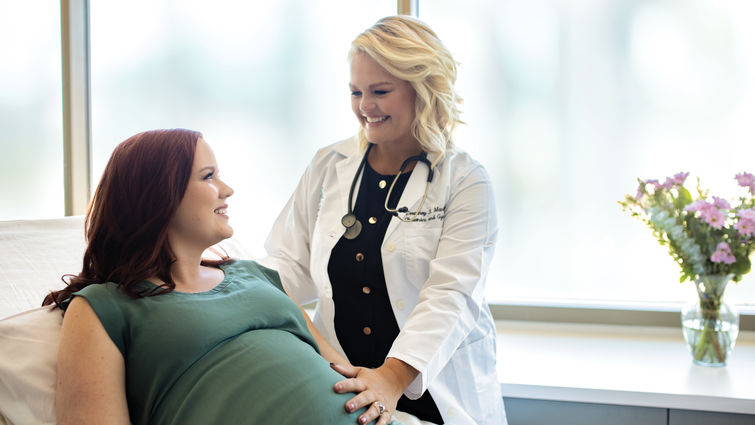

In maternal healthcare, cesarean sections are often necessary due to complications during labor or delivery. Courtney Martin, DO, medical director of quality improvement at Loma Linda University Children's Hospital, outlines common reasons for cesarean deliveries, including fetal distress, prolonged labor, breech presentation, placenta previa, or previous cesarean deliveries where vaginal birth after cesarean isn't feasible.
Recovery
Recovery from cesarean sections typically requires a longer hospital stay and increased discomfort compared to vaginal delivery. Martin advises mothers to prioritize rest, avoid heavy lifting, and maintain proper wound care. While most women fully recover from a cesarean, there are potential implications for future pregnancies, such as scar tissue leading to complications like placenta accreta or uterine rupture. Women with a history of cesarean delivery need to discuss their options with their healthcare provider when planning future pregnancies.
Misconceptions
Martin says there is a belief that choosing a cesarean represents taking the "easy way out." Martin clarifies that not all cesareans are avoidable and refutes the notion that doctors prefer cesarean deliveries over vaginal births.
"Reducing unnecessary cesareans promotes a patient-centered approach to childbirth, ensuring that interventions are only utilized when medically necessary and allowing women to have more control over their birth experiences. Overall, avoiding unnecessary cesareans is essential for promoting the health and well-being of both mothers and babies, minimizing risks, and preserving future reproductive options," Martin said.
A planned cesarean allows for careful scheduling and preparation, often resulting in a smoother experience for the mother and medical team. This is often done for a repeat cesarean, malpresentation of the baby, or abnormal placental location. An emergency cesarean is performed when there's an immediate threat to the health or life of the mother or baby. Timely intervention is crucial for ensuring the best possible outcomes for both.
Preventive Measures at LLUCH
Acknowledging the importance of preventing unnecessary cesarean sections, particularly among women who have not given birth, have reached 37 weeks gestation, aren't pregnant with twins, and the baby is not in breech or transverse positions, or Nulliparous, Term, Singleton, Vertex (NTSV).
Encouraging vaginal birth through evidence-based practices, education, and informed decision-making supports safer outcomes, preserves future reproductive options, and aligns with women's birth preferences and values and is a core value of the care provided in the San Manuel Maternity Pavilion at LLUCH.
Loma Linda University Children's Hospital and Loma Linda University Medical Center–Murrieta have been recognized as part of the U.S. News & World Report's 2024 High Performing Hospital for Maternity Care. This distinction is based on their national performance in various rankings, including low newborn complications, fewer early deliveries, and reduced c-section rates.
Visit us online for more information on maternity care services at Children’s Hospital or LLUMC-Murrieta.


